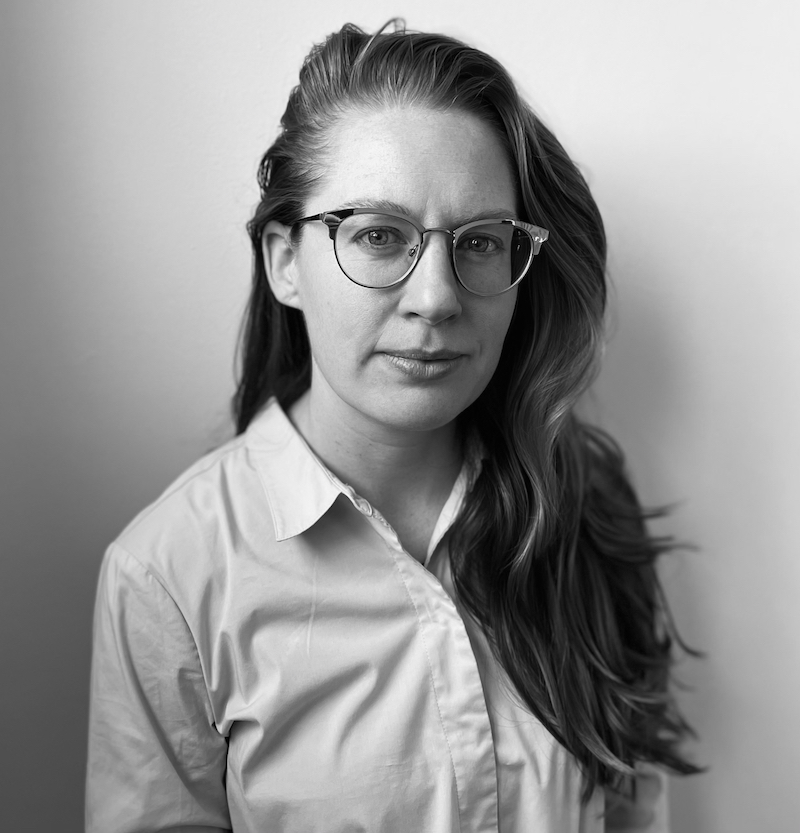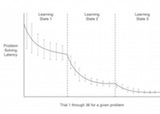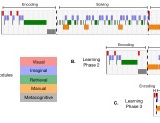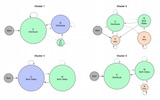

Currently, I am a Research Scientist at Educational Testing Service (ETS). I conduct reseach focused on personalizing assessments in service of equity as part of the ETS Research Institute.
Prior to joining ETS, I was a Lead Scientist at Soar Technology where I was principle investigator on research projects spanning multiple DoD agencies. I received my Ph.D. from Carnegie Mellon University in 2016 and was advised by Dr. John Anderson. As a graduate student, I was a member of the Program for Interdisciplinary Education Research as well as the Pittsburgh Science of Learning Center.
Before coming to CMU, I worked at Stanford University in the Cognitive Systems Neuroscience Lab with Vinod Menon. I completed my B.A. at University of Texas, Austin where I majored in Psychology and Plan II Honors. I worked with Dr. David Schnyer.
You can contact me by email at ctenison@ets.org or through LinkedIn
My research brings together theory on human learning and decision-making with my industry experience building technologies to support training across diverse learner populations. Inspired by the principles of Pasteur's Quadrant, my work is fundamentally use-inspired and foundational, designed to address immediate business needs while generating broadly applicable insights. I have experience leading the conceptualization and design of several research programs that not only respond to strategic business challenges but also explore critical research areas within education. As a Research Scientist, my role involves crafting detailed study designs, creating surveys, analyizing data, and building models to support interpretation and prediction. This approach to research builds knowledge that can be used to meet the immediate needs of the project while also contributing insights that can be generalized across contexts.
My foundational research program aims to enhance our understanding of human learning and decision-making by focusing on the acquisition and decay of cognitive skills and the application of problem-solving strategies. Utilizing a diverse array of data sources, from behavioral metrics like reaction times and digital clickstream logs to physiological measurements, I develop and validate models of cognitive processing. At ETS I continue to advance this agenda by investigating how people use the knowledge and skills they have acquired. In my research, I develop methods for modeling student learning and explore how we can take advantage of the rich data streams new assessment technologies produce better capture and adapt to what the individual knows and can do.
My research develops and evaluates test-preparation resources, enhancing teacher training by merging personalized solutions with rigorous research to improve accessibility and outcomes for diverse candidates.
My research aims to harness advanced AI and machine learning techniques to transform higher education pathways, utilizing unique datasets to develop personalized, innovative recommender systems that improve the college selection process and ensure equitable technology practices in education.
The goal of this research is to identify methods for characterizing pauses in the problem-solving process and establish what these pauses contribute to the measurement of inquiry skill.
The goal of this research is to identify methods for identifying different problem-solving strategies from clickstream data generated within an assessment of inquiry skill.

How does the spacing of practice impact skill learning and retention? In this study we look at the effects of different practice frequency manipulations on both learning and retention three days later.

What changes occur when people practice skills? In this study we use behavioral modeling to detect both continuous and discrete changes in cognitive processes associated with practice.

In this study we explore how the ACT-R cognitive architecture can be used to improve our model of skill acquisition. Using this method we gain more insight into the process by which skills are acquired.

In this third study of my dissertation we examine the timecourse that distinguishes the three phases of skill acquisition using MEG which provides better insight into quick neural responses.

When faced with multiple methods to solve a problem, which way do students choose? Here we explore a method for clustering students in distinct groups based on the strategies they use when faced with different algebra problems.

Help! We manipulated the type of help students received when they asked for help in an intelligent tutoring system, and found that it changed their strategies for help-seeking.

In these studies we explored how classifying neural responses could provide insight into the strategies people used to solve problems.

As part of my PIER fellowship, I spent time observing math classes being taught in a local High School.

Math tutoring changes the structure and function of children's brains. These changes are even more dramatic for students who are low performing in mathematics.